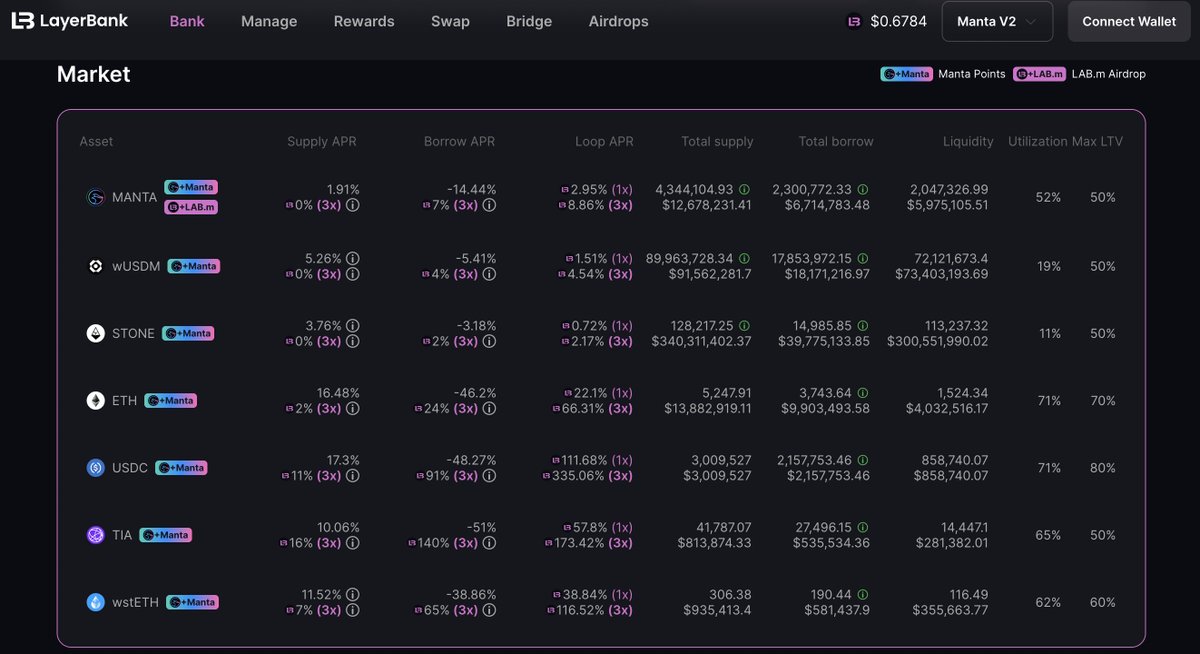In this thread, let's talk about #whyZK matters and why ZK will be one of the main narratives in the next cycle #WhyZK
At @EFDevcon, more than 20% of talks were about ZK. @RaeWrh summarized here docs.google.com/spreadsheets/d…
At @EFDevcon, more than 20% of talks were about ZK. @RaeWrh summarized here docs.google.com/spreadsheets/d…
During the @VitalikButerin's ZK talk on day 1 of Devcon, @VitalikButerin emphasized that ZK is the preferred scaling method for blockchain. The censorship-resistant feature that blockchain provides sacrificed ‘scalability’ and ‘privacy:’ this is where ZK-SNARKs fit in.
#ZKP is getting lots of traction from VCs. VCs are paying more attention to ZKP projects, making large investments in ZKP technology with high expectations of its future. A ZKP project can raise $10m, and many of the ZKP projects have a valuation of more than $100m.
The development of ZKP in the blockchain is still in its early stage. Due to the difficulty of development, most ZK-based projects are in their research and development phase and haven’t launched their mainnet or token yet.
ZKtech has a wide use case, contributing to a new paradigm. In terms of scalability, It fundamentally enhances scalability and reduces cost in the blockchain, with one node doing computation and the others needing to verify computation results instead of doing repeat computation.
In an interview with PAnews, @shumochu mentioned that ZKP and TEE are the two most compelling technologies currently that could provide privacy in the blockchain. However, we believe TEE is unsuitable since it couldn’t fundamentally offer privacy in a decentralized environment.
Manta designed a privacy-by-default crypto asset class called zkAsset.
(1) zkAssets support fungible and NFTs to transfer to Manta. Public assets could be converted to private zkAssets.
(2) Devs could build zkApps on Manta and own native crypto assets with privacy by default.
(1) zkAssets support fungible and NFTs to transfer to Manta. Public assets could be converted to private zkAssets.
(2) Devs could build zkApps on Manta and own native crypto assets with privacy by default.
ZKP is getting lots of traction from VCs, and VCs are optimistic that there will be ZK projects that are valued at billions of dollars or even ten billion in the future. However, there will be an information gap due to the relatively high entry barrier to learning ZK.
Do you think the technology of ZK+L2 or ZK+privacy will significantly impact L2 and all the privacy projects? Why?
• • •
Missing some Tweet in this thread? You can try to
force a refresh












